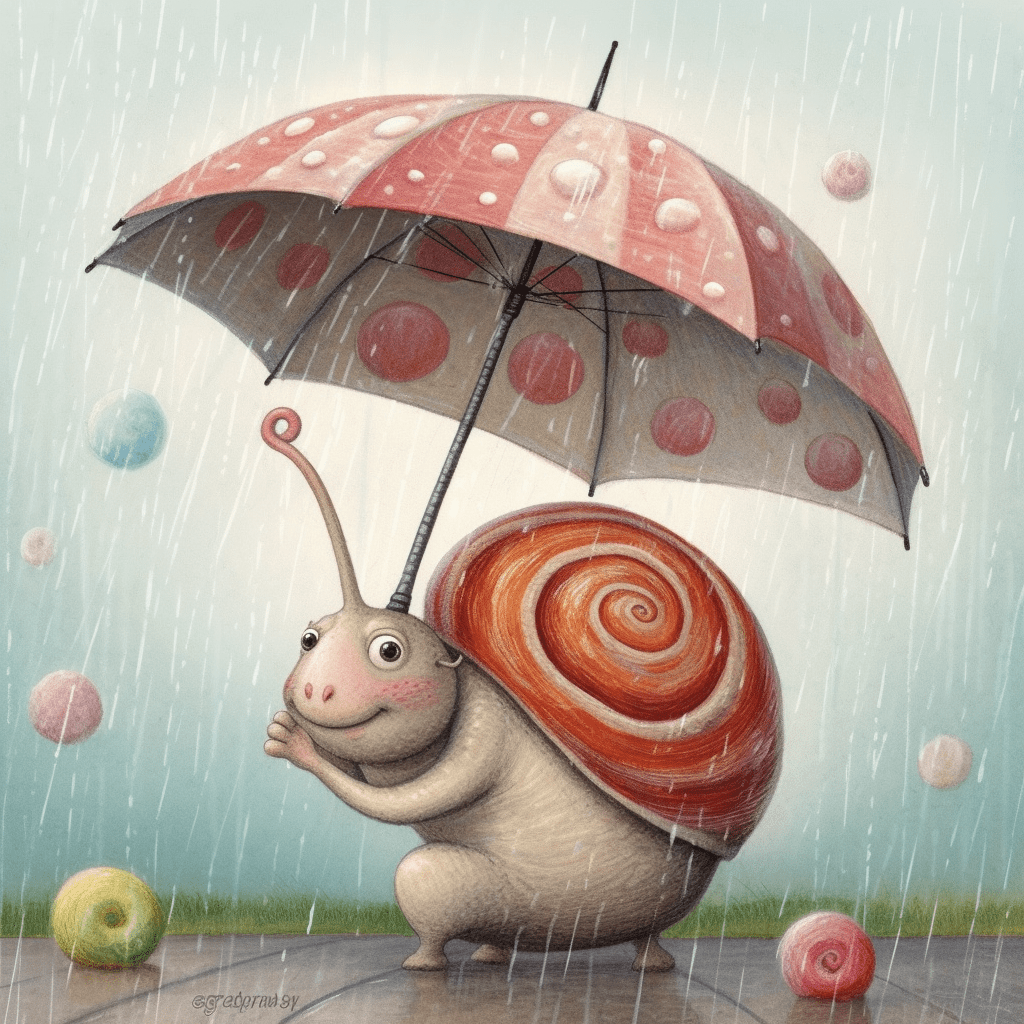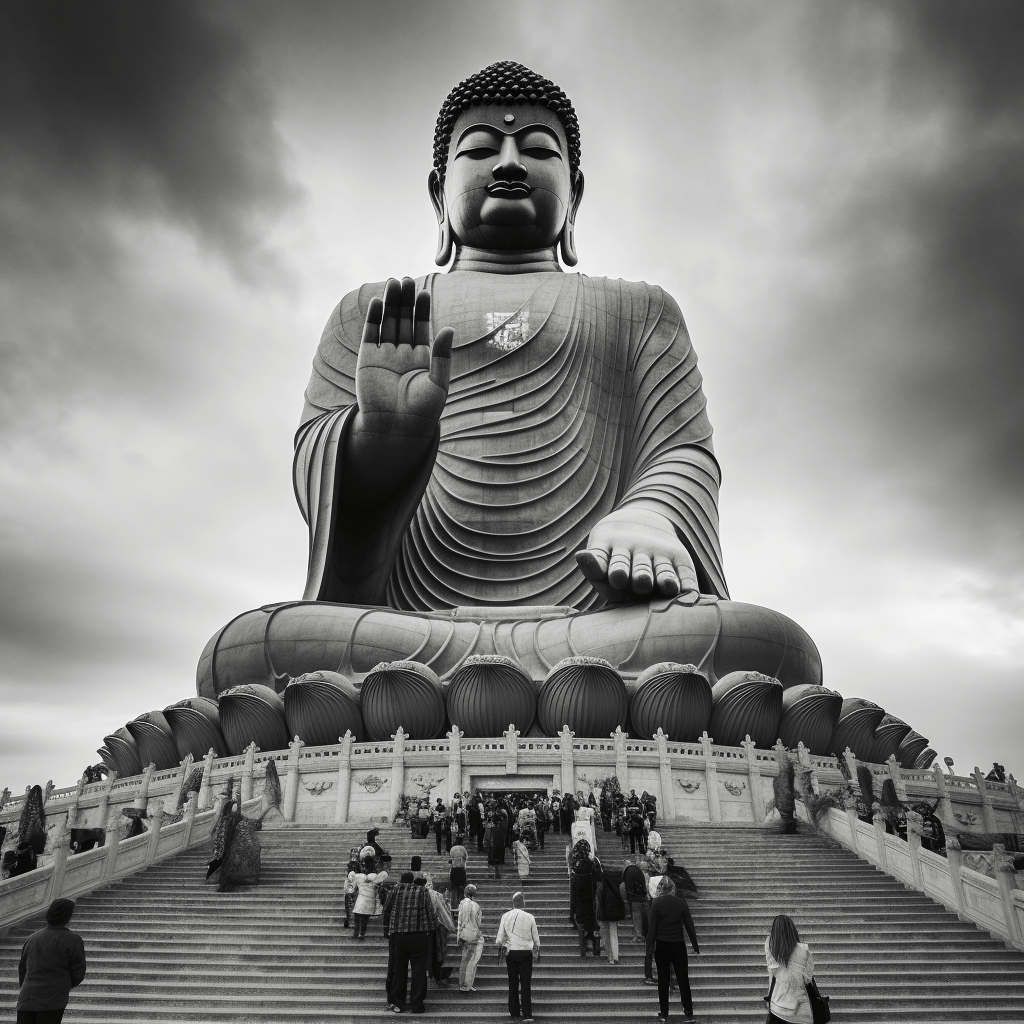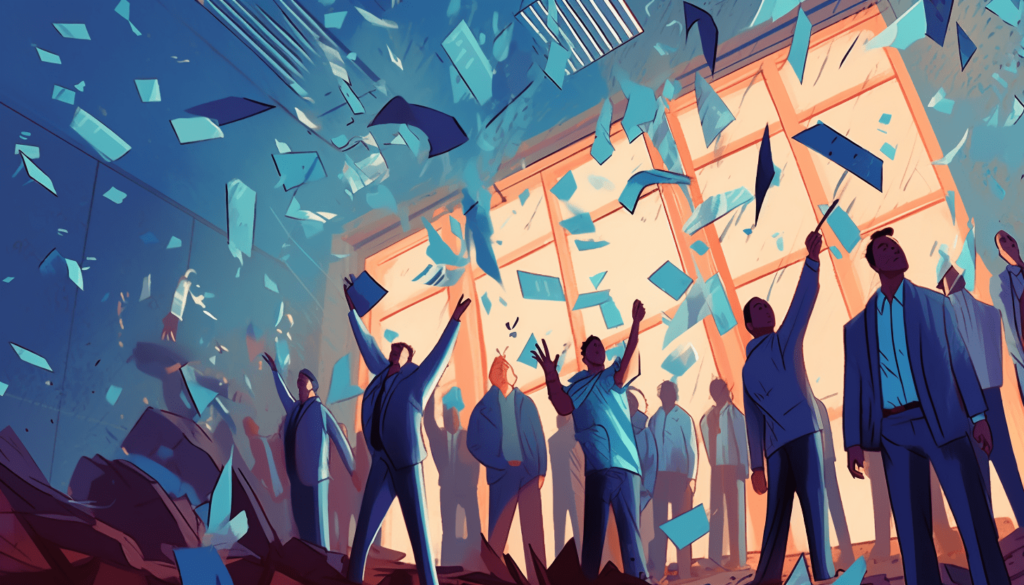
The art world has always been a space for innovation and reinvention, a space where creativity and technology often collide. Today, that collision is happening in the form of non-fungible tokens (NFTs) and random NFT generators, which are dramatically reshaping the landscape of digital art.
The Emergence of Random NFT Generators
Random NFT generators are digital platforms that leverage algorithms to produce unique pieces of digital art. Artists feed these algorithms with a variety of traits or attributes, which are then randomly combined to create an array of distinct NFTs.
The emergence of these generators has democratized the process of creating NFTs, making it possible for artists to create entire collections of unique digital art with relative ease. As a result, the NFT market has become more accessible and diverse, filled with a wide range of creative expressions.
Redefining Artistic Creativity and Ownership
One of the most significant impacts of random NFT generators is the way they are redefining concepts of creativity and ownership in the art world. Traditionally, the value of an artwork has been tied to its originality and the artist’s unique creative vision. However, with random NFT generators, the process of creation is partly automated, leading to questions about authorship and originality.
In a sense, artists using these generators become curators, shaping the parameters that guide the algorithm’s output but not controlling every detail of the final product. This has led to a shift in the artist’s role and a reevaluation of what it means to create.
Expanding the Digital Art Market

Random NFT generators have played a pivotal role in the expansion of the digital art market. By reducing the barriers to entry, these platforms have invited a flood of new artists and collectors into the NFT space.
The ability to generate multiple unique pieces at once has also enabled artists to create and sell entire collections of NFTs, leading to a proliferation of digital art on the market. This has both positive and negative implications. On one hand, it increases variety and choice for collectors. On the other, it can lead to market saturation and dilute the value of individual pieces.
Influencing the Artistic Process
The use of random NFT generators has also had a profound influence on the artistic process itself. Traditionally, art creation is a linear process, from conception to execution. However, with these generators, artists can explore non-linear creative processes, iterating and experimenting with different elements and combinations.
Moreover, these platforms introduce an element of chance into the creative process, which can lead to unexpected and exciting results. This not only changes the way art is produced, but also how it is conceived, leading to new forms of artistic expression.
Ethical and Environmental Considerations
The rise of random NFT generators and the NFT market more broadly has also raised important ethical and environmental concerns. The process of minting NFTs requires significant computational power, which has a substantial carbon footprint. As the use of these generators grows, so too does their environmental impact.
Moreover, as these platforms become more popular, issues around copyright infringement and plagiarism have surfaced. Some artists have found their work replicated and sold without their permission, highlighting the need for stronger protections and regulations in the digital art space.
The Role of AI and Machine Learning

Artificial Intelligence (AI) and Machine Learning (ML) are increasingly being integrated into random NFT generators, adding another layer of complexity to the impact of these tools on the art world. These technologies allow for more sophisticated and unpredictable algorithms, which can produce more varied and complex pieces of digital art.
However, the use of AI and ML also raises questions about creativity and authorship.
If an algorithm creates a piece of art, who is the true author? Can creativity, which has always been considered a deeply human trait, be replicated by machines? These are some of the pressing questions that the art world will need to grapple with as AI and ML become more prevalent in the creation of digital art.
The Road Ahead
As the use of random NFT generators continues to grow, the art world is poised for more changes. Artists will need to keep up with these developments, leveraging these tools effectively while grappling with the philosophical and ethical questions they raise. At the same time, collectors and art enthusiasts will need to navigate an increasingly complex and diverse digital art market.
There’s no denying the profound impact that random NFT generators have already had on the art world, and it’s clear that their influence will only grow in the future. By understanding these impacts, artists, collectors, and art enthusiasts can better navigate the evolving landscape of digital art.